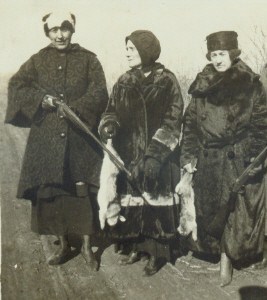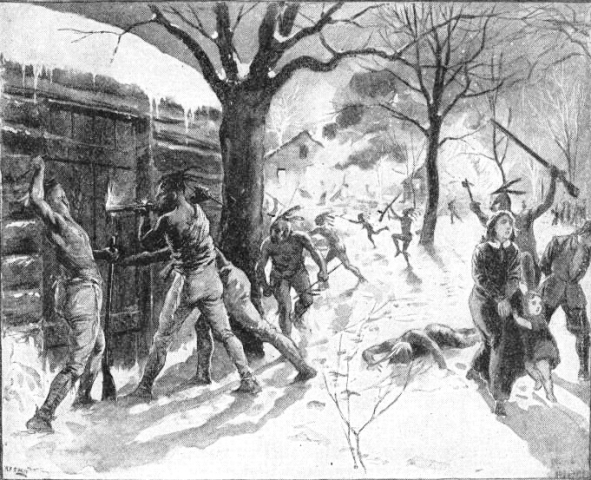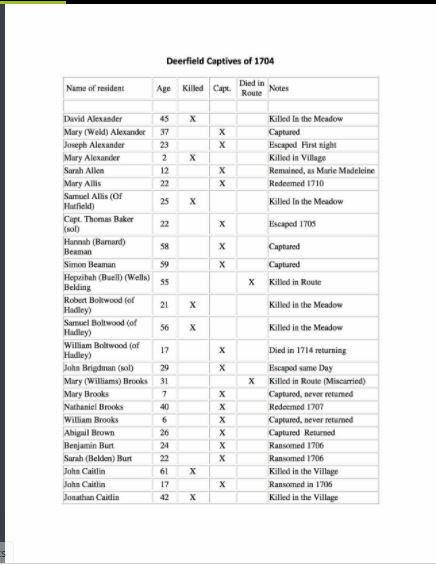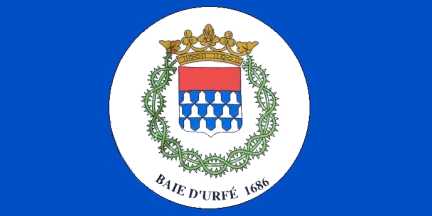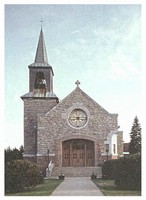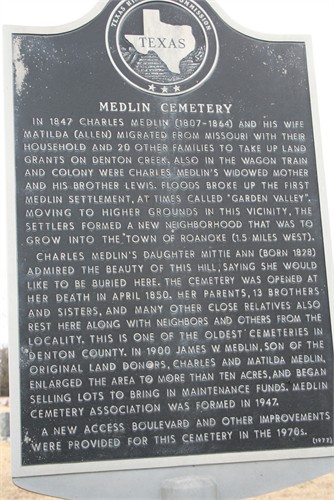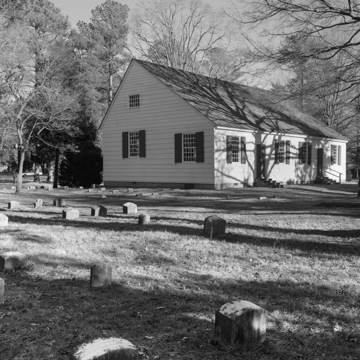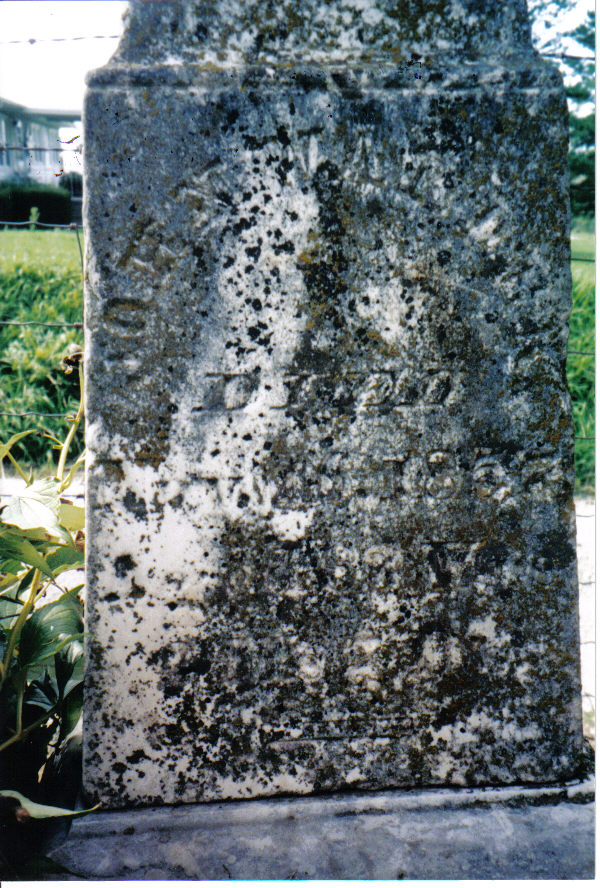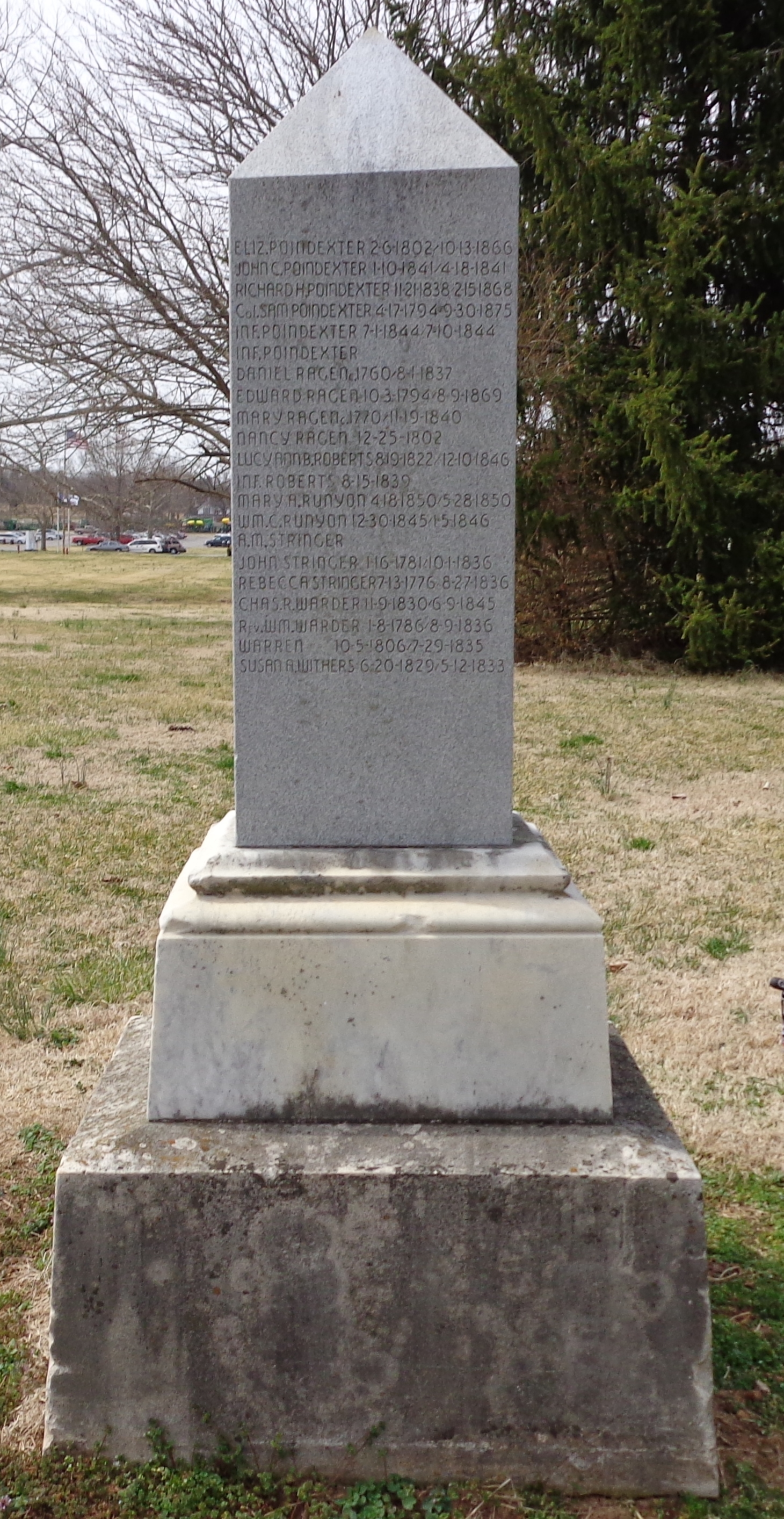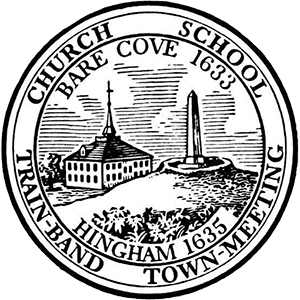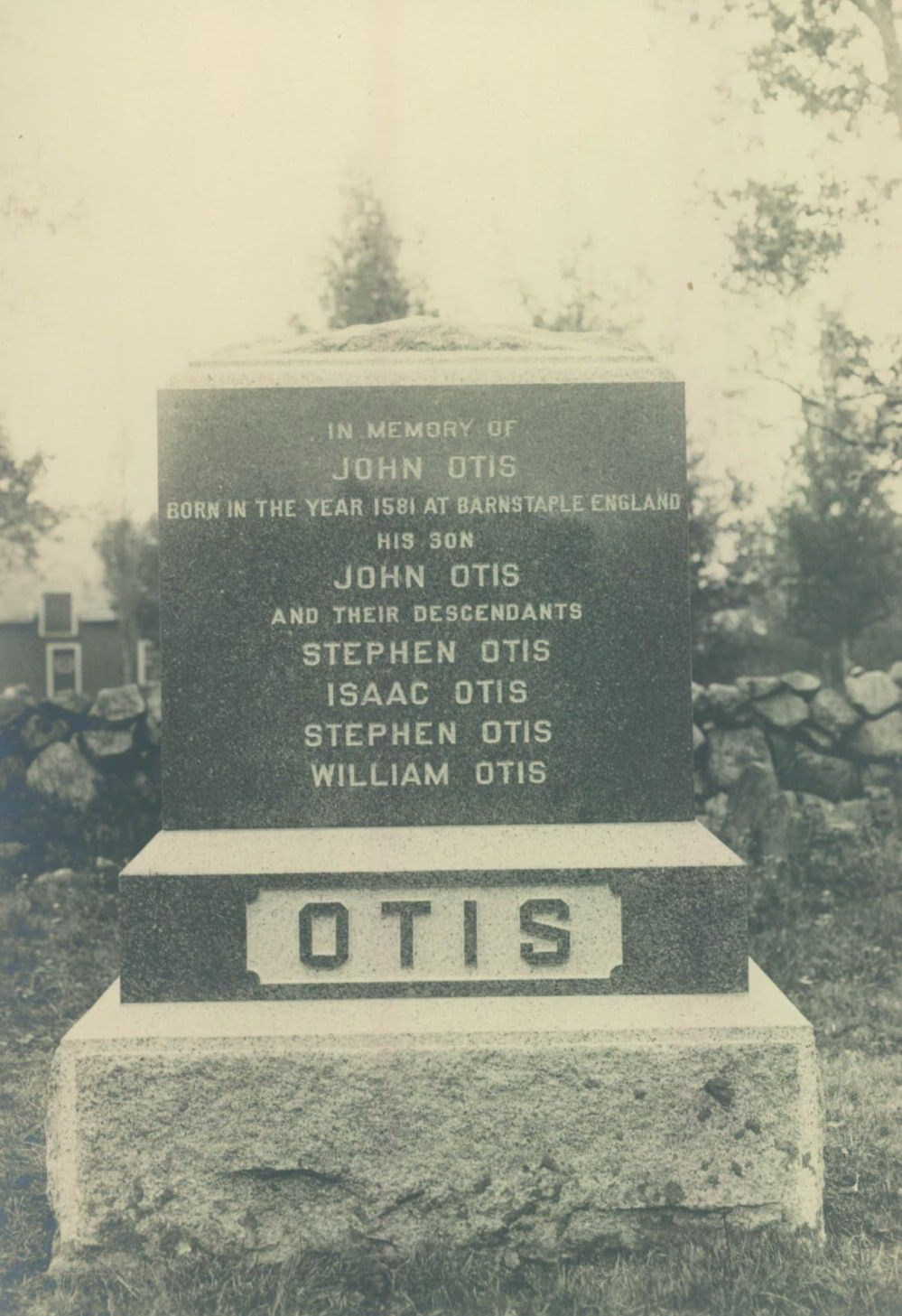This prompt just so happened to fit into a blog I had already decided to write, so this one was really exciting. I have been noticing for a few years that when I am researching that I tend to find someone with a last name that I am sure is in one of my lines. So I will go to my default tree, my paternal side, and do a search for that name. When I find it, I am usually disappointed because this information doesn’t match any of my ancestors.
 |
I have had the thought in the back of my mind for a long time about taking some time and comparing the last names of my ancestors between my paternal and maternal sides. I have put it off because of the numbers of ancestors that would be. Just on one side I could have as many as 2048 9x great grandparents and on both sides there could be 4098. Yes, I know that the chances of having all 4098 9x great grandparents found and documented are slim. Even if I had ¼ of them, that is still 1024 ancestors. It would become a daunting task.
 |
Another hindrance to completing this task was the common names I found in my lines. One’s like Smith, Brown, Johnson, Jones, and the like. So what did I do? I decided I would pull up both trees, side by side, and compare some of the uncommon surnames in them. I also pulled up my notes to see which ancestor information I had previously investigated that turned out to not be mine. What an eye-opener.
In a matter of 40 minutes of just scanning through the lines I discovered 19 ancestors with the same surname in both trees. Yes, there were Smiths and Browns but there were also some with a less popular or common name. Here are a few:
1a) Hughes/Hayes: John Graves my 6th Great Grandfather was born in 1680 in Essex County, Virginia and died in 1747 in the same county.
1b) Smith/McGowan: John Graves my 10th Great Grandfather was born in 1589 in Nezeing, Essex County, England and died in 1644 in Roxbury, Suffolk County, Massachusetts.
2a) Hughes/Hayes: John Jordan my 7th Great Grandfather was born in Isle of Wright, Virginia and died on April 23, 1726, in Chowan County, North Carolina.
2b) Smith/McGowan: Colonel George Jordan my 7th Great Grandfather was born in 1653 in Surry County, Virginia and died in 1718 in the same county.
3a) Hughes/Hayes: Mary Towneley my 10th Great Grandmother was born on May 13, 1614, in England and died on August 11, 1662, at Warner Hall, Gloucester County, Virginia.
3b) Smith/McGowan: Alice Towneley my 9th Great Grandmother was born in 1675 in Gloucester County, Virginia, and died on January 1, 1710, in Middlesex County, Virginia.
4a) Hughes/Hayes: Carl Lee Hughes my 2nd cousin was born on January 6, 1914, in Sedalia, Pettis County, Missouri and died in 1989 in Sedalia, Pettis County, Missouri. He married Sarah Catherine Page my 1st cousin born on September 10, 1910, in Page City, Lafayette County, Missouri and died on May 10, 1993, In Sedalia, Pettis County, Missouri.
4b) Smith/McGowan: Sarah Catherine Page my 1st cousin was born on September 10, 1910, in Page City, Lafayette County, Missouri and died on May 10, 1993, In Sedalia, Pettis County, Missouri. She married Carl Lee Hughes my 2nd cousin born on January 6, 1914, in Sedalia, Pettis County, Missouri and died in 1989 in Sedalia, Pettis County, Missouri.
As you can see from the first ancestors they had the exact same name. Numbers 2 and 3 had an unusual surname with different given names. The last one shows how one cousin from my paternal side married a cousin from my maternal side.
I also went through a few names on my “could be related” list and discovered that several of them did fit into one of the trees, my maternal side.
“Names the Same” is truly the right name for this blog!







